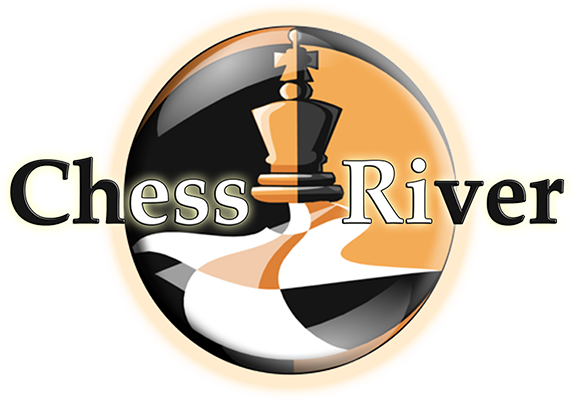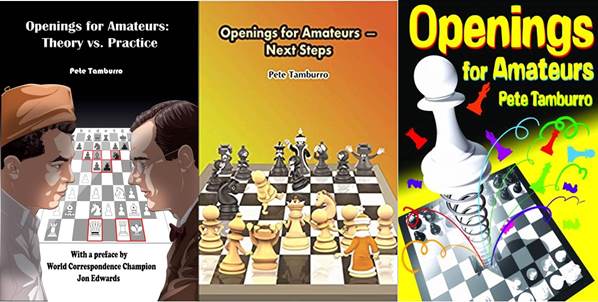1. Openings for Amateurs
Publication date : 2014
Number of pages : 360
Publisher : Mongoose Press
ISBN : 978-1936277506
Openings for Amateurs is written with two kinds of chessplayers in mind: average “club” players who can’t afford to learn variations 30 moves deep; and scholastic players looking to take the next step in their chess development.
This is really two books in one! The Primer covers the most frequent mistakes made in the opening and considers many common misconceptions about this phase of the game. Popular chess author and lecturer Pete Tamburro devotes special attention to the best ways to meet both tricky lines like the Blackmar-Diemer and the Belgrade Gambit, and “system” attacks such as the Colle and the Barry, while discussing such vexing topics as when to chase a bishop and whether to believe openings manuals.
2. Openings for Amateurs–Next Steps
Publication date : 2020
Number of pages : 276
Publisher : Mongoose Press
3. Openings for Amateurs: Theory vs. Practice
Publication date : 2025
Number of pages : 300
Publisher : Mongoose Press
The final volume in Pete Tamburro’s trilogy is finally here! Chock-full of practical advice aimed at the average-to-advancing club player, Openings for Amateurs – Theory vs Practice rounds off this acclaimed series with discussions of sharp and sneaky openings you will often face in tournaments and cautionary tales of the opening traps that people still fall into. And since you’ve advanced this far, there are 38 carefully annotated games on key themes in positional chess, including a close look at isolated queen pawn openings; what to know about the Minority Attack; learning why “equal” doesn’t always mean “drawn”; and a deeper dive into the Ruy López, where you will learn some grand strategies – one of them going back all the way to Alexander the Great.
The final section is a special feature, rarely seen in the chess literature: a collection of nearly two dozen games from the biggest amateur team tournament in the world, where Pete illustrates what he’s been talking about in all three volumes. It’s a chess feast of 85 games explained to amateurs the way they should be!



